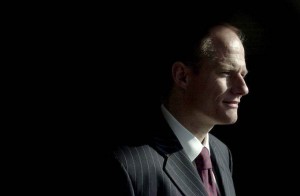There are 6 or 7 individual types of picture that should be both visually strong and informative in their own right but put together make a flowing dynamic narrative. Outlined below are these individual pictures:
- Person at Work
- Relationship Shot
- Establishing Shot
- Detail shot
- Environmental Portrait
- Formal Portrait
- Observed Portrait
Picture stories are generally made up of between 3 and 15 pictures depending on the depth of the story but they will include most if not all of the individual pictures mentioned above. By looking at each of the picture elements individually we can discuss how they are best achieved.
Here are some mood board of some different picture stories –
PERSON AT WORK –
 Self explanatory really but there are key elements and working practices that will help to make this picture work. Things to look for are:
Self explanatory really but there are key elements and working practices that will help to make this picture work. Things to look for are:
Who the person is…we should be able to recognise them.
What is it they are doing….
How are they doing it…
In what context are they doing it…
RELATIONSHIP SHOT –
This means a relationship between two or more people. It could be one of love, hate, passion, or just simple affection, supportive or one of rejection, teaching and learning, superior or inferior etc. The key points here are that the photograph must show clearly:
What is taking place between them and
What the nature of the relationship is….
ESTABLISHING SHOT –
The Establishing Shot is an important element in the picture story because it serves to define the context in which the other pictures have been located. It describes where and sometimes when the event took place. It can also describe mood and other information such as how large the event is how many people were involved, the weather etc
DETAIL SHOT –
The detail shot is often overlooked but is very useful in many stories to emphasize a point or subject area. It also adds ‘pace’ to your story which will be discussed later. A detail shot doesn’t have to be a minute macro picture but just something that concentrates on something in particular to open up the story. They can be a good chance to shoot something in an abstract way that gets the viewer thinking about what he is looking at. It adds a new dimension to the story. Some very successful picture stories are made up solely of detail abstracts.
FORMAL SHOT –
The subject is totally under your control. You decide lighting, posture, distance
etc but in a way that still permits the personality of the subject to come through.
A good relationship with the subject is helpful here.
OBSERVED SHOT –
This when the subject is not as aware of having his picture taken. A more candid approach to get that natural relaxed feeling to the picture. There is a lot of crossover between the different portrait styles to you could have an observed/environmental portrait or even an observed/formal portrait taken during a moment when the subject maybe not aware your taking pictures. Again, there are no set rules in portraiture.









